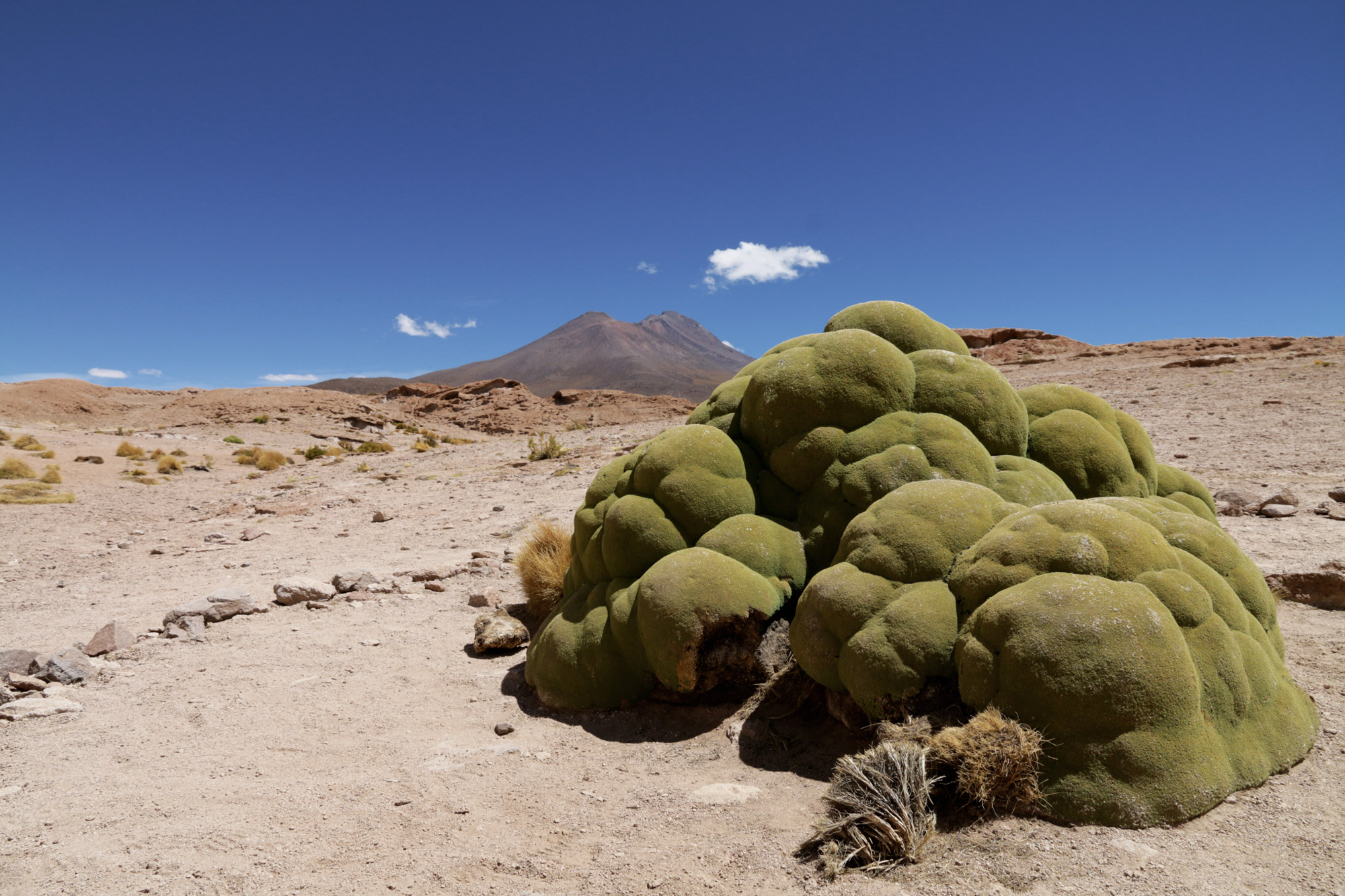After deciding to apply direct lithium extraction (DLE) in the Uyuni, Coipasa, and Pasto Grande salt flats, the Bolivian government announced on Monday the construction of two plants using this technology to achieve better performance and accelerate the industrialization of this evaporite resource.
The Minister of Hydrocarbons and Energy, Franklin Molina, told the press that each EDL plant would have a production capacity of 25,000 tons per year.
“These plants will be strategically located in our salt flats,” Molina said, without saying in which ones.

The minister added that the state-owned Yacimientos de Litio Bolivianos (YLB) would oversee the construction of these projects.
“We reaffirm Bolivia’s position that puts respect for its sovereignty above the industrialization of lithium,” he said.
These two projects will complement the lithium carbonate industrial plant in Llipi, Uyuni, Potosi department, which is expected to be operational in the first half of 2023 with an estimated production of 15,000 tons per year.
YLB currently produces lithium carbonate at a 10,000-square-kilometer pilot plant in Llipi, which began operations in January 2013.
YLB also expects to reach an average production of 40,000 tons per year by 2025, which coincides with Bolivia’s bicentennial celebration.
Finally, Molina predicts that the state-owned YLB will become a mainstay of Bolivia’s economy thanks to the industrialization of lithium.
Bolivia’s lithium reserves are estimated at 21 million tons.
They are mainly located in the Andean salt lakes, from Uyuni, the world’s largest salt flat at 10,000 square meters, to Coipasa and Pastos Grandes, according to U.S. consulting firm SRK.

